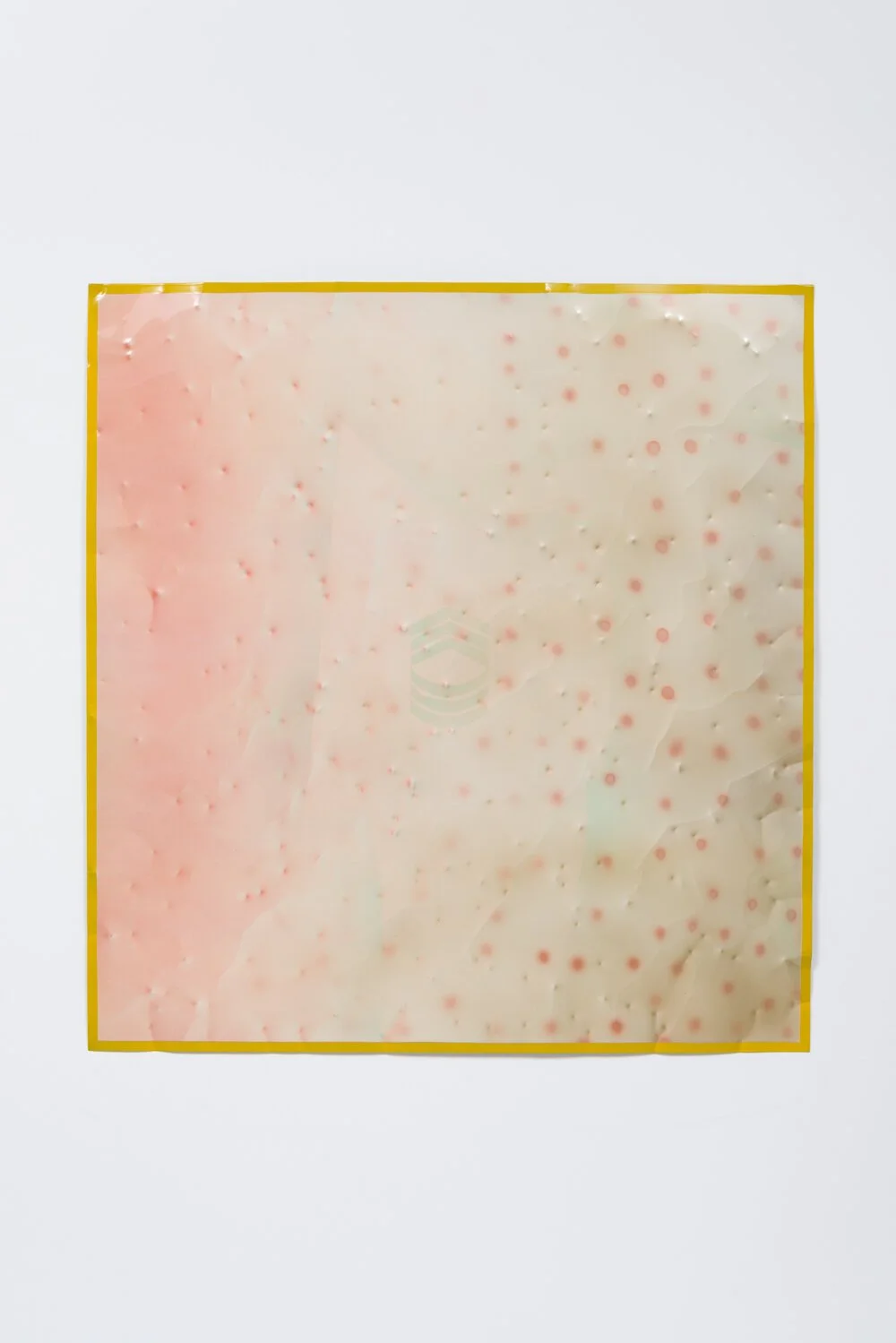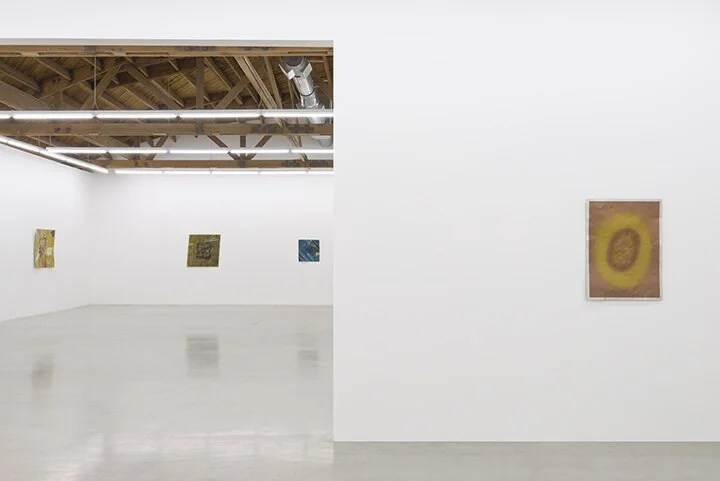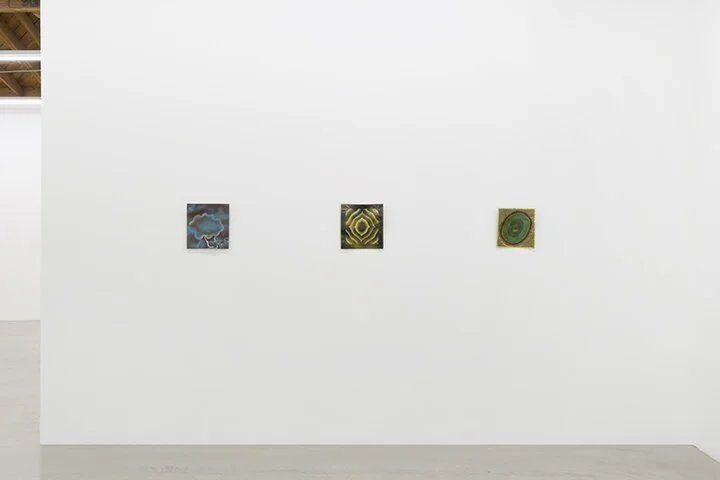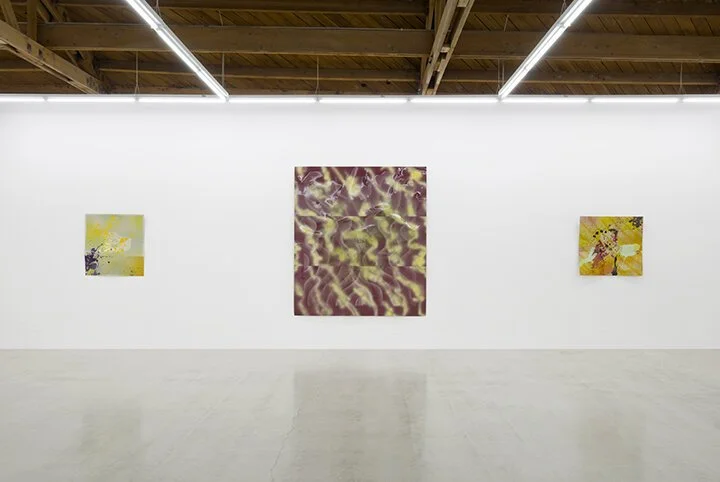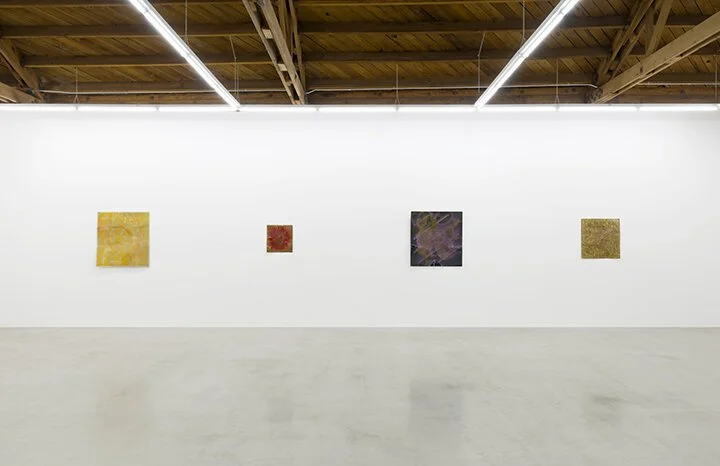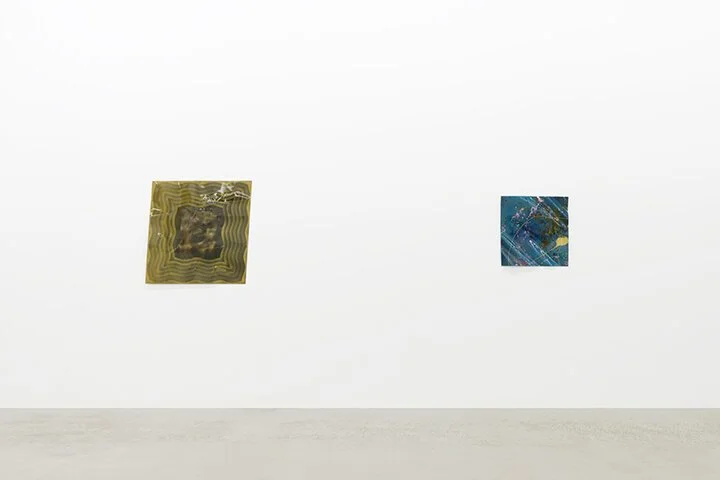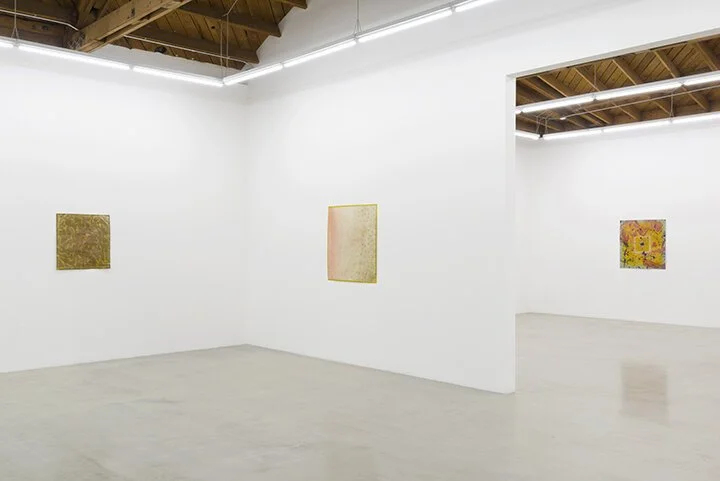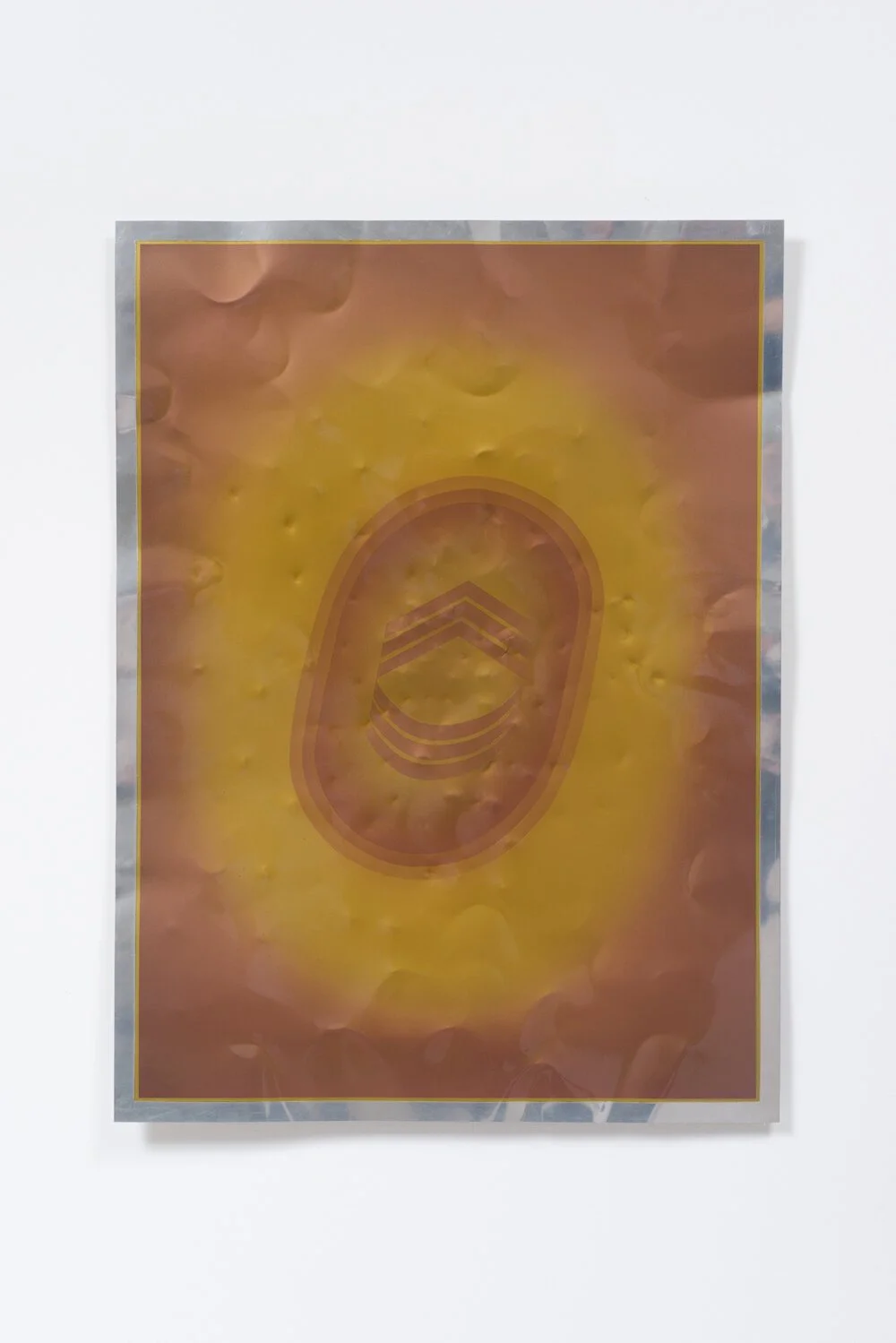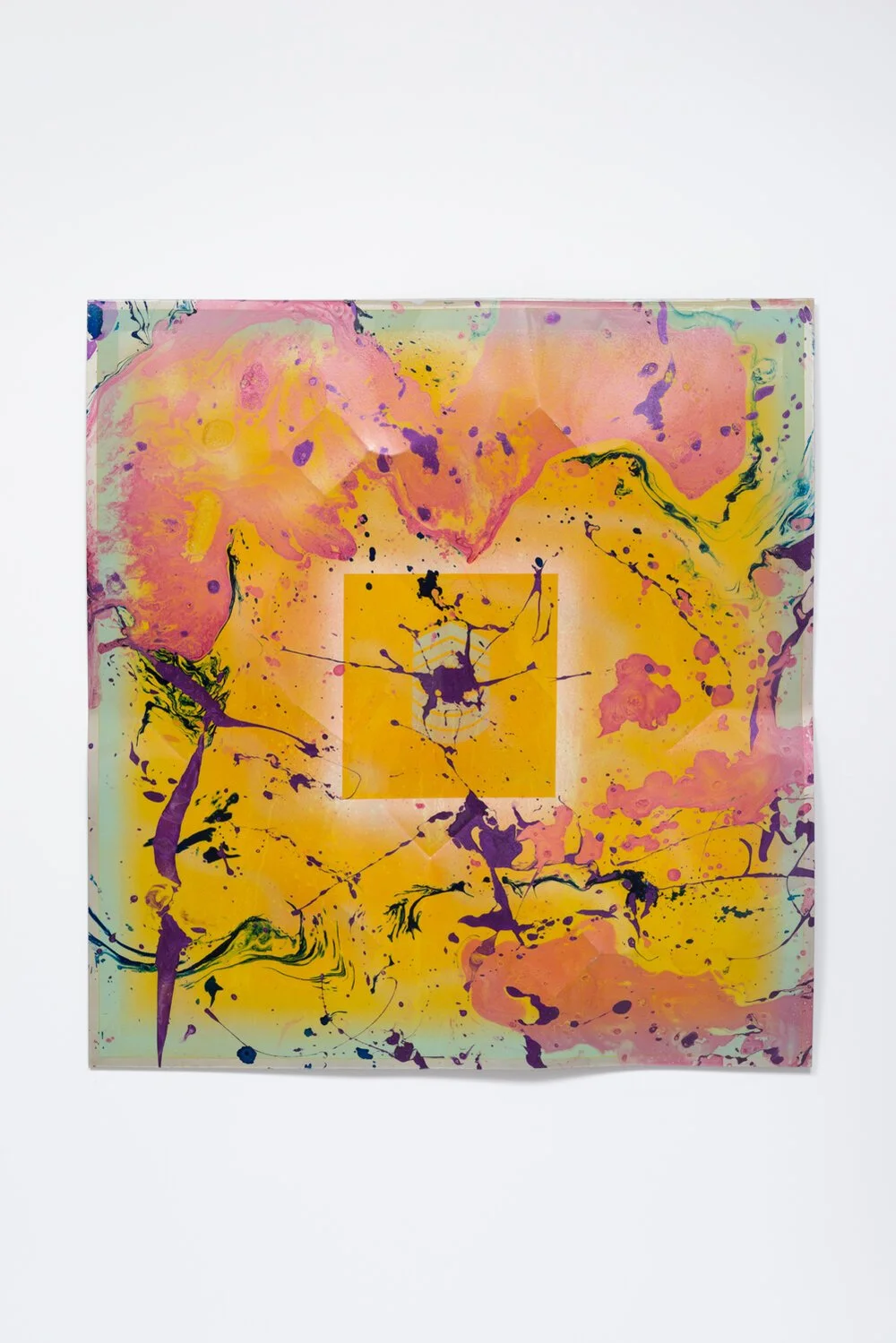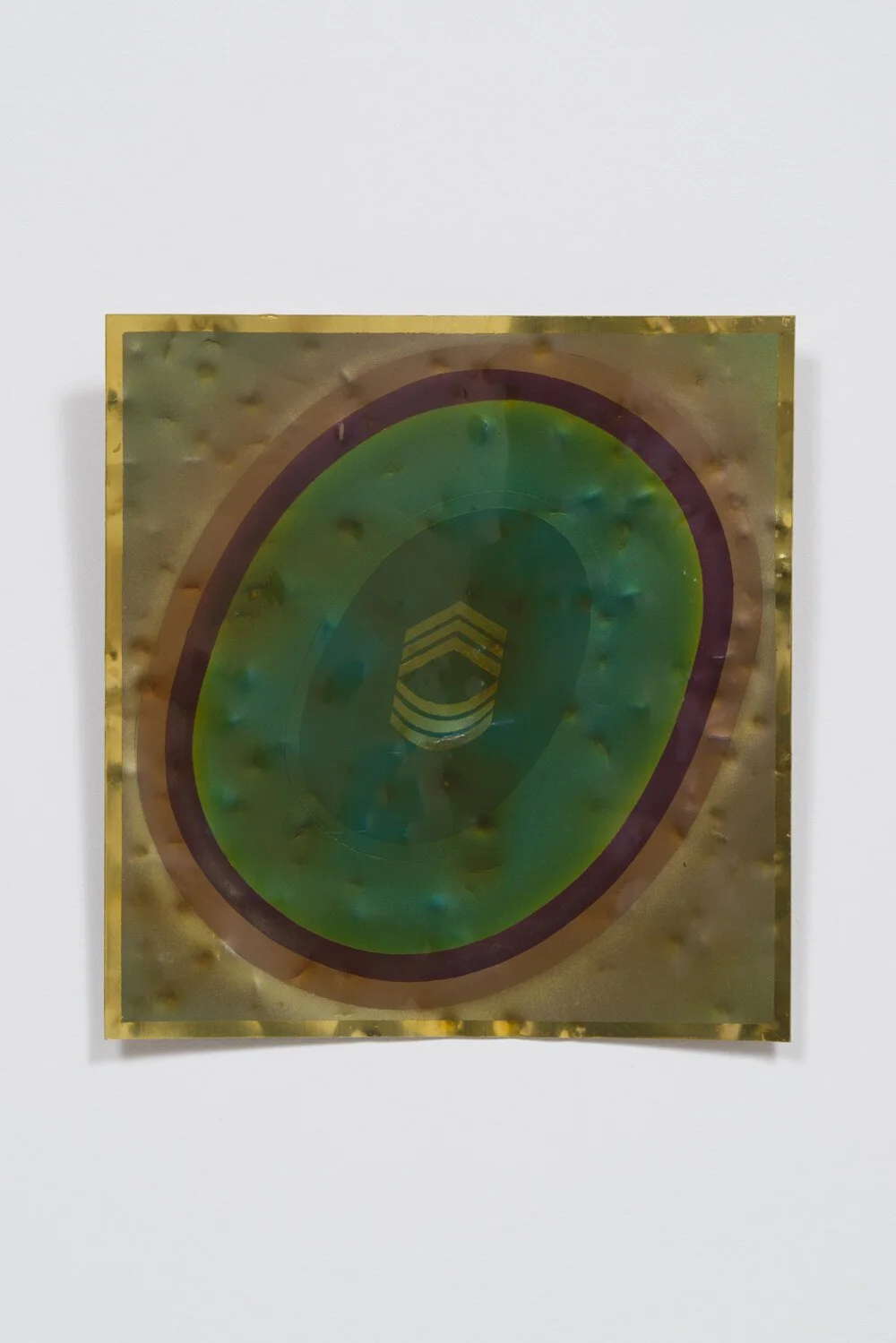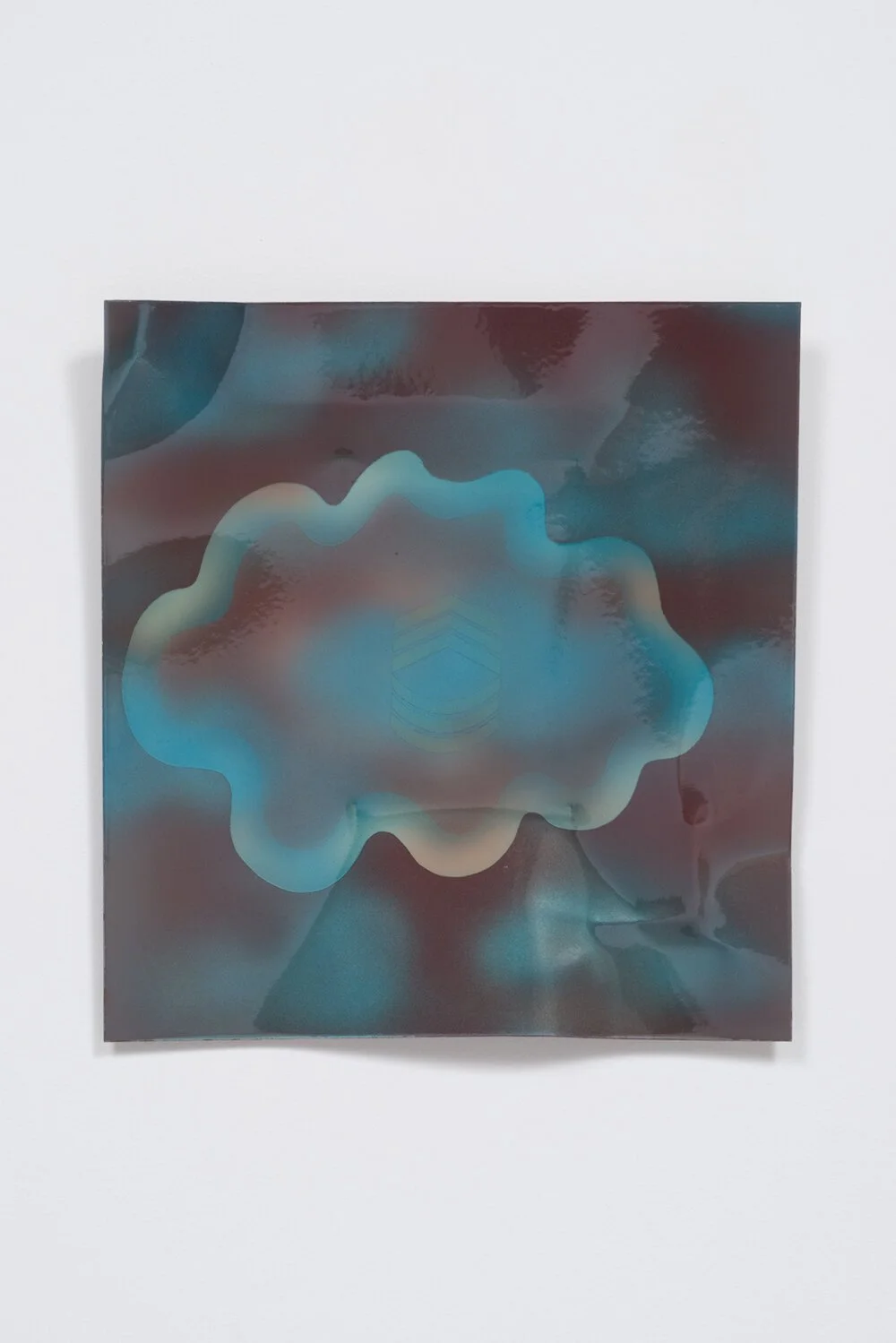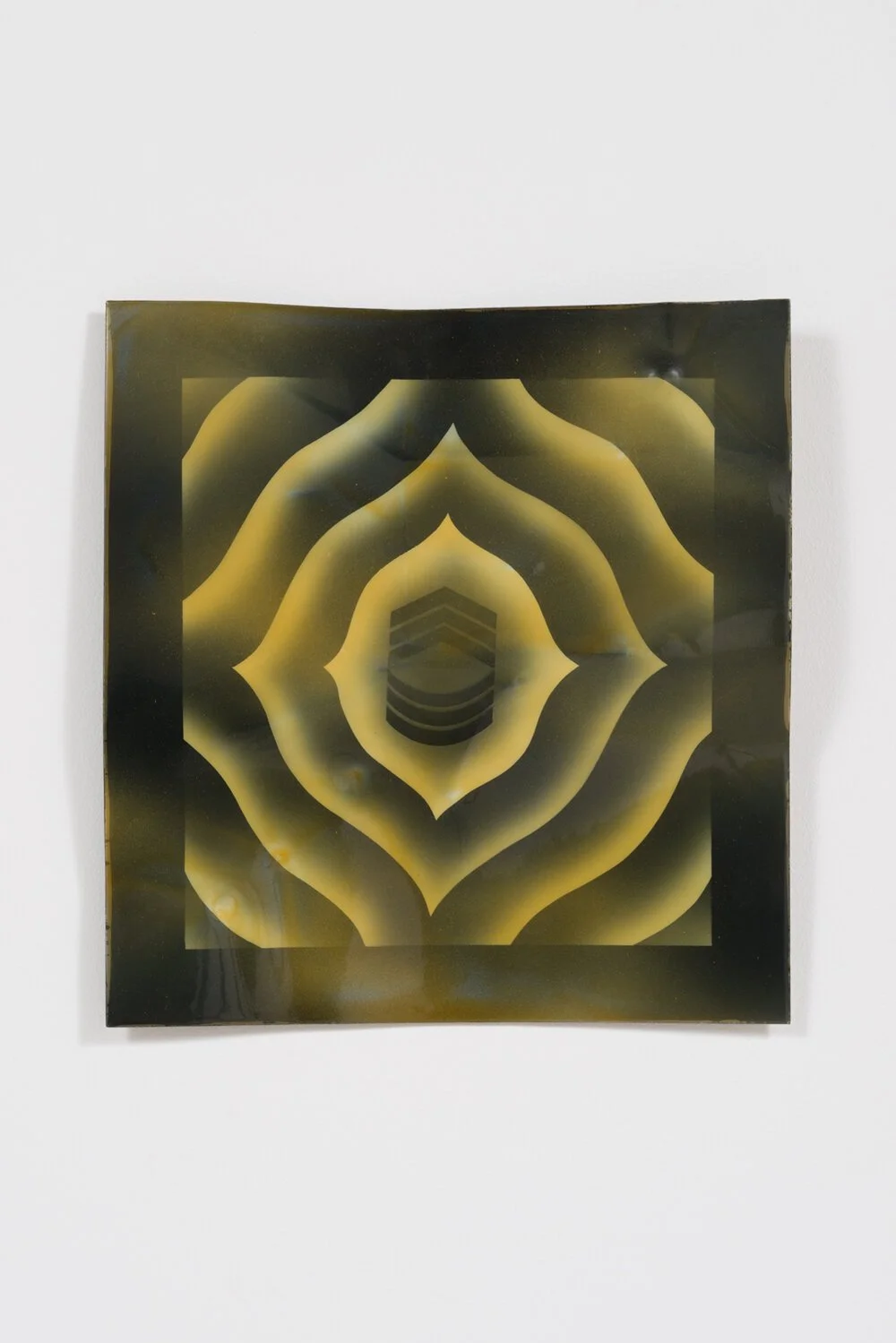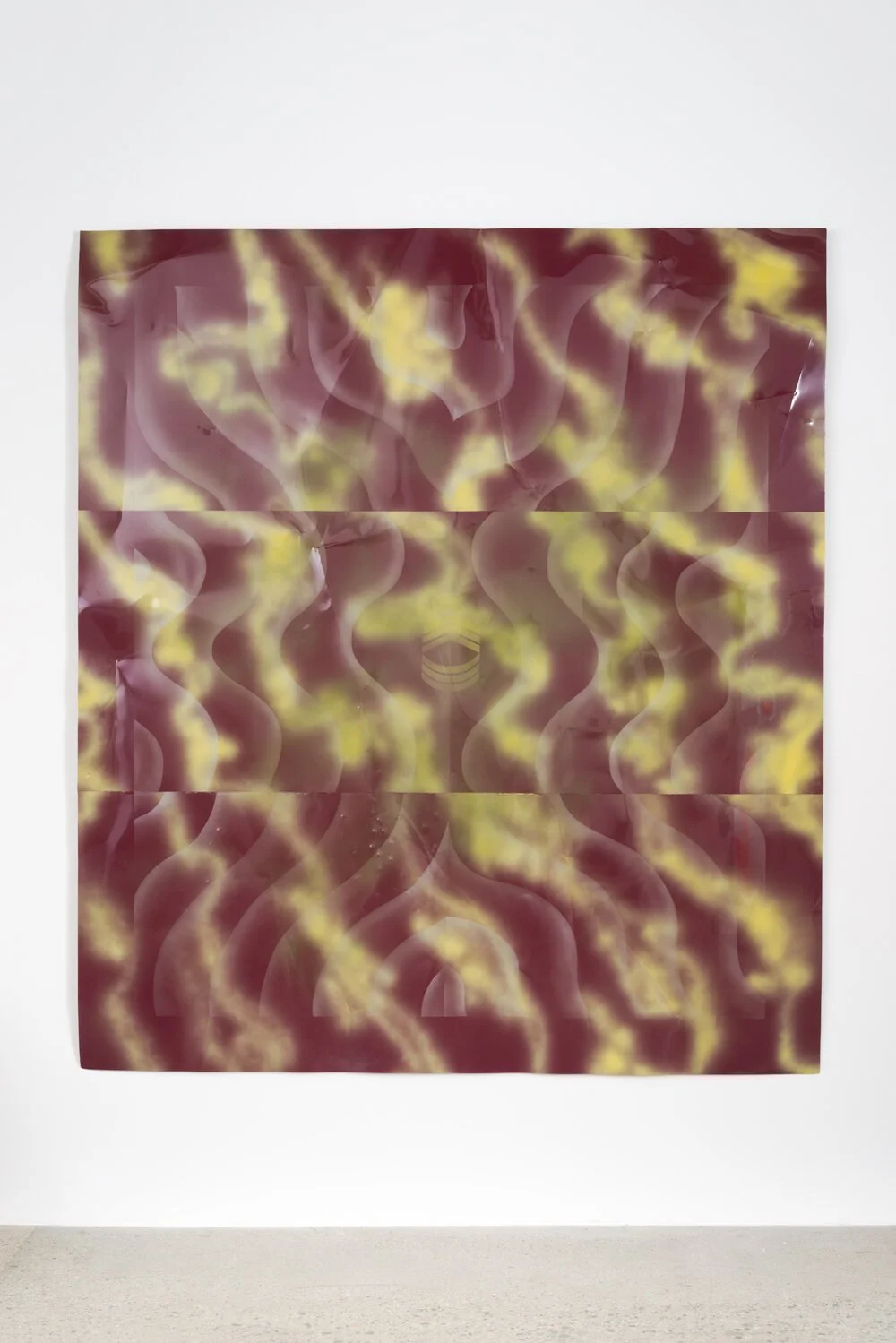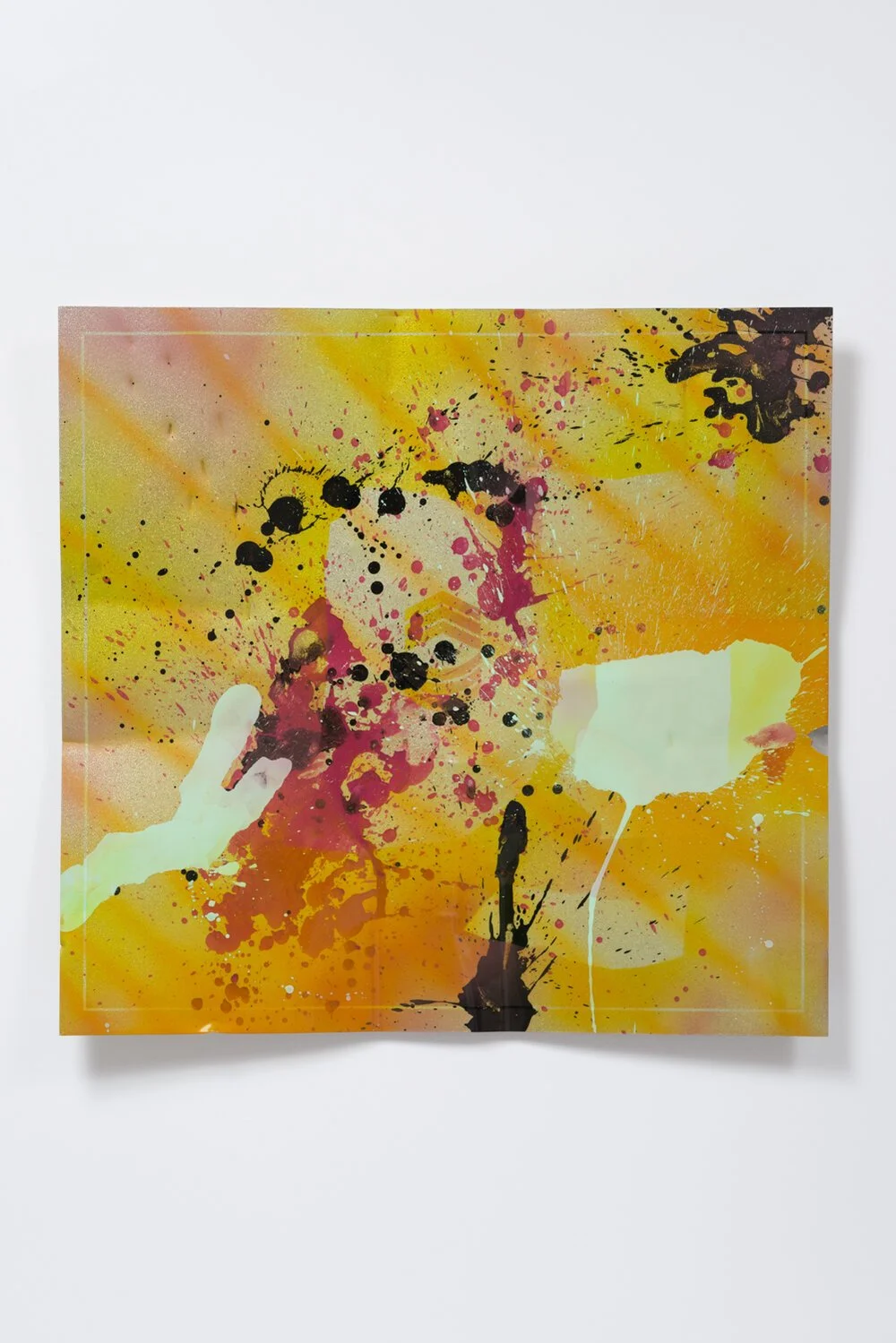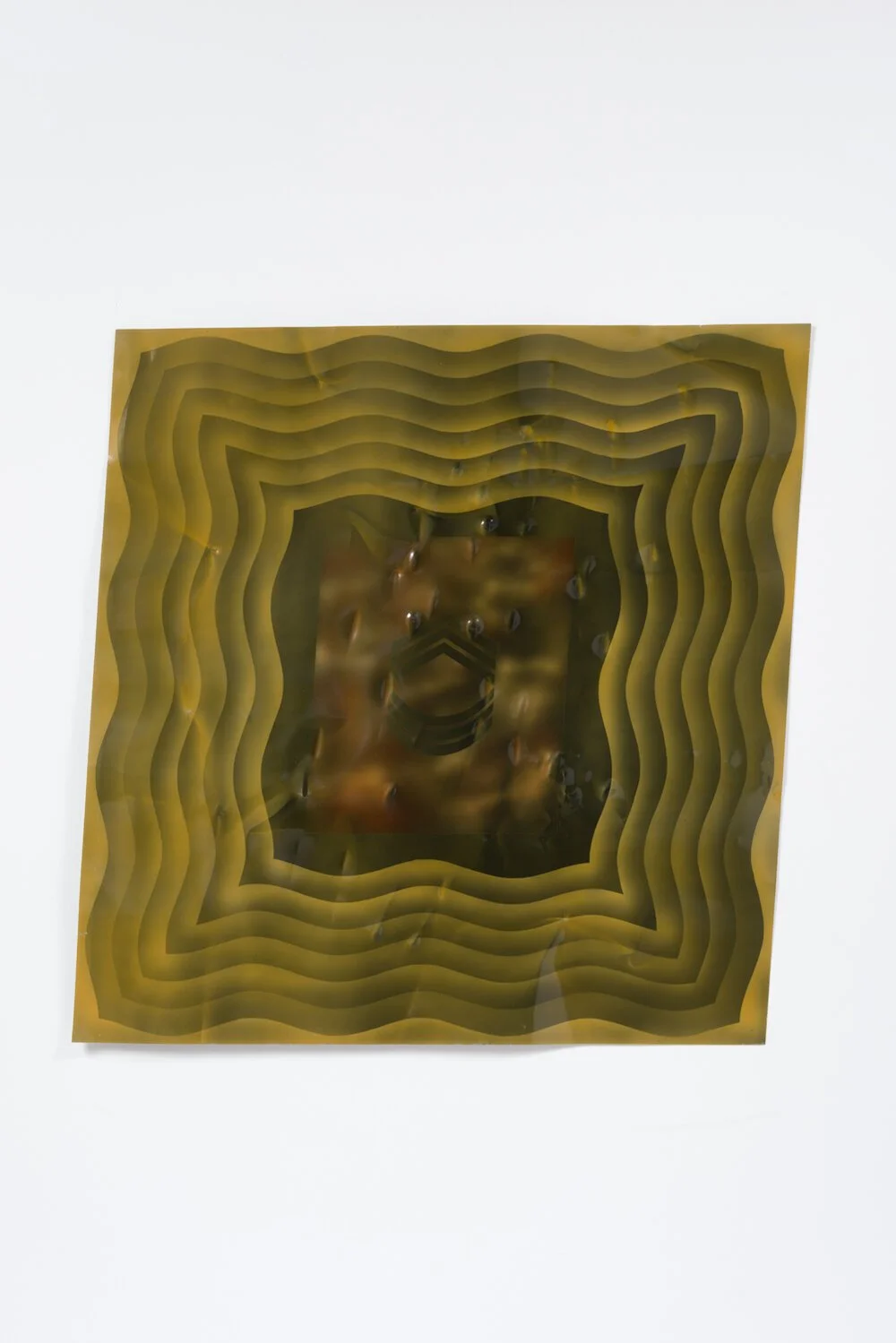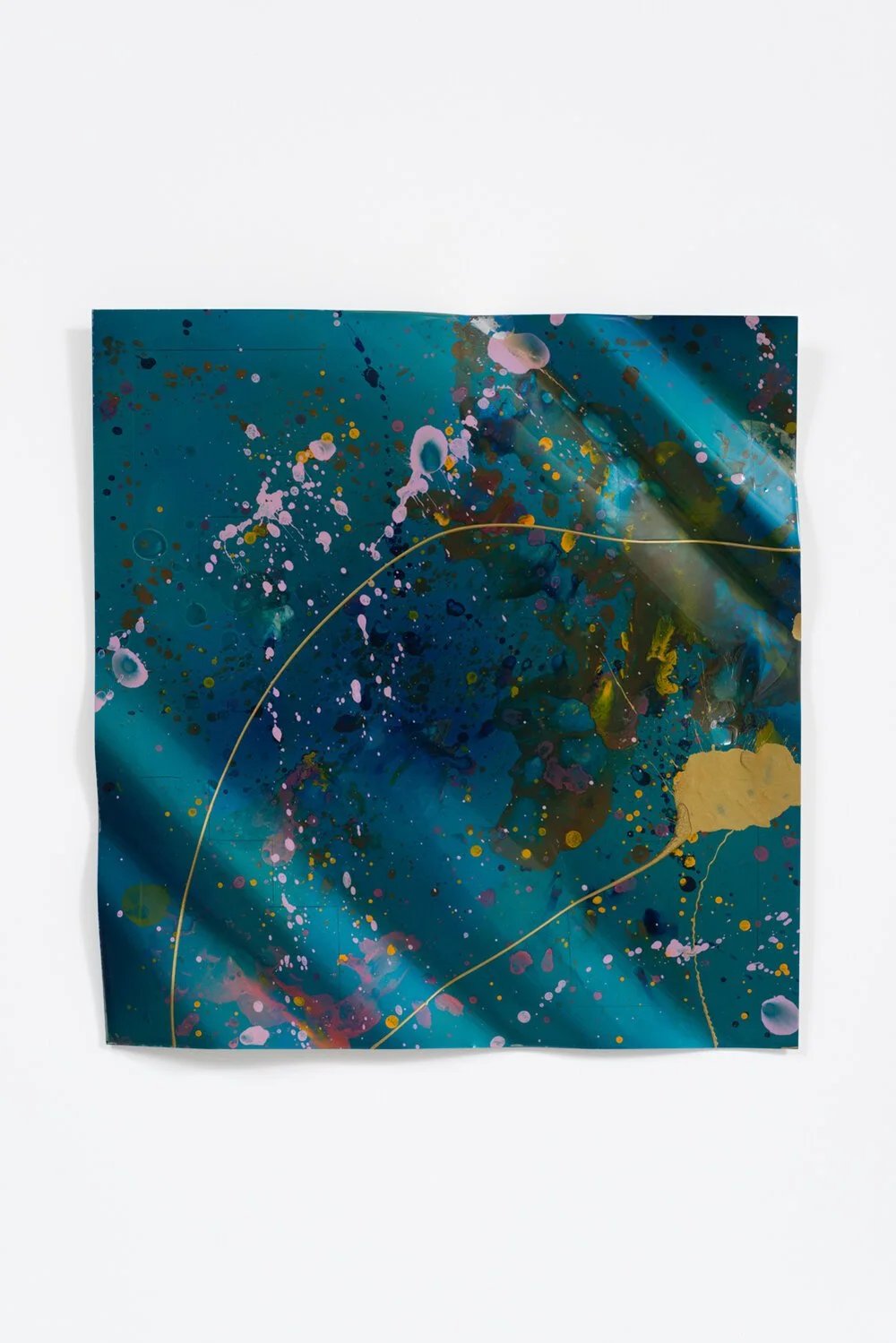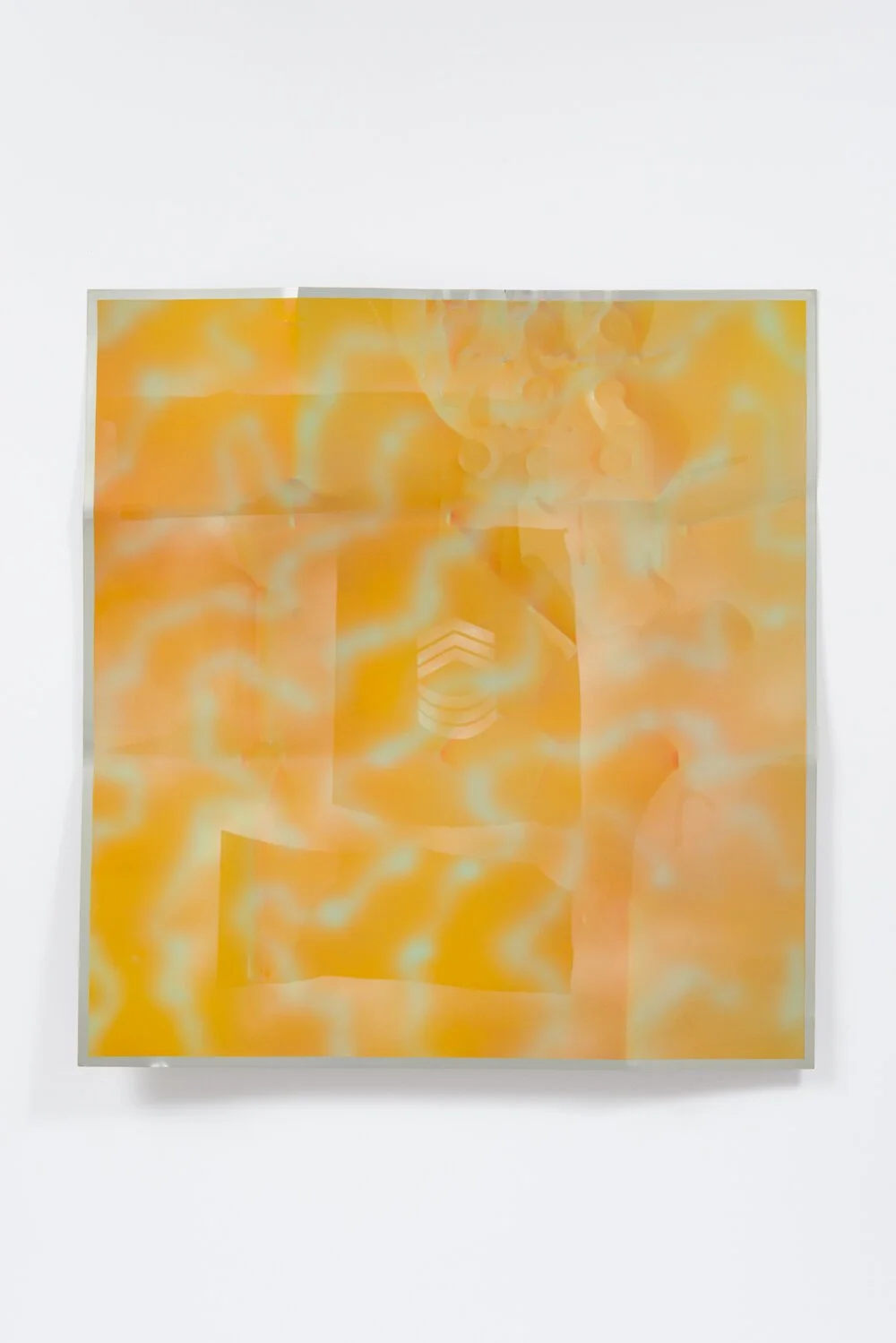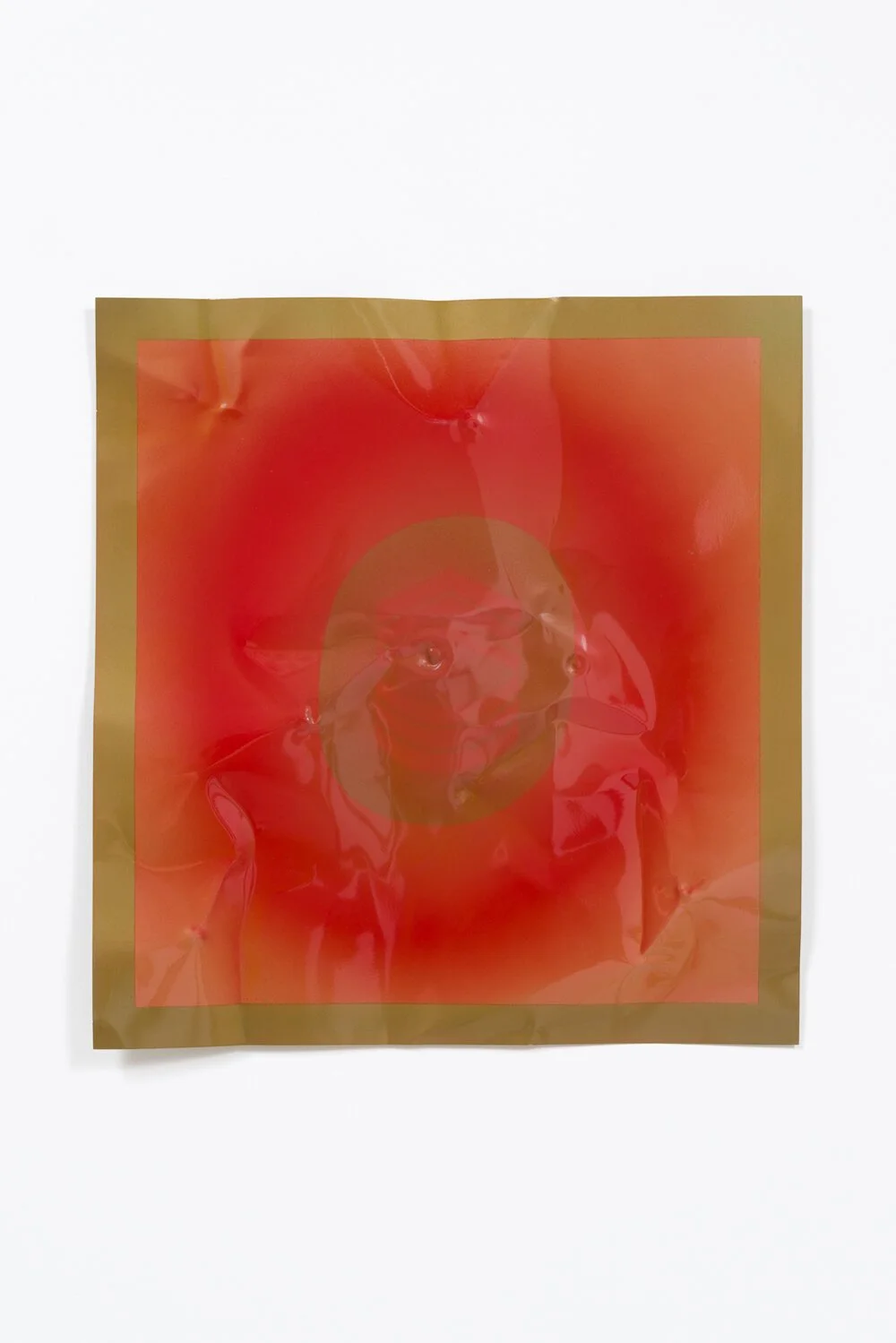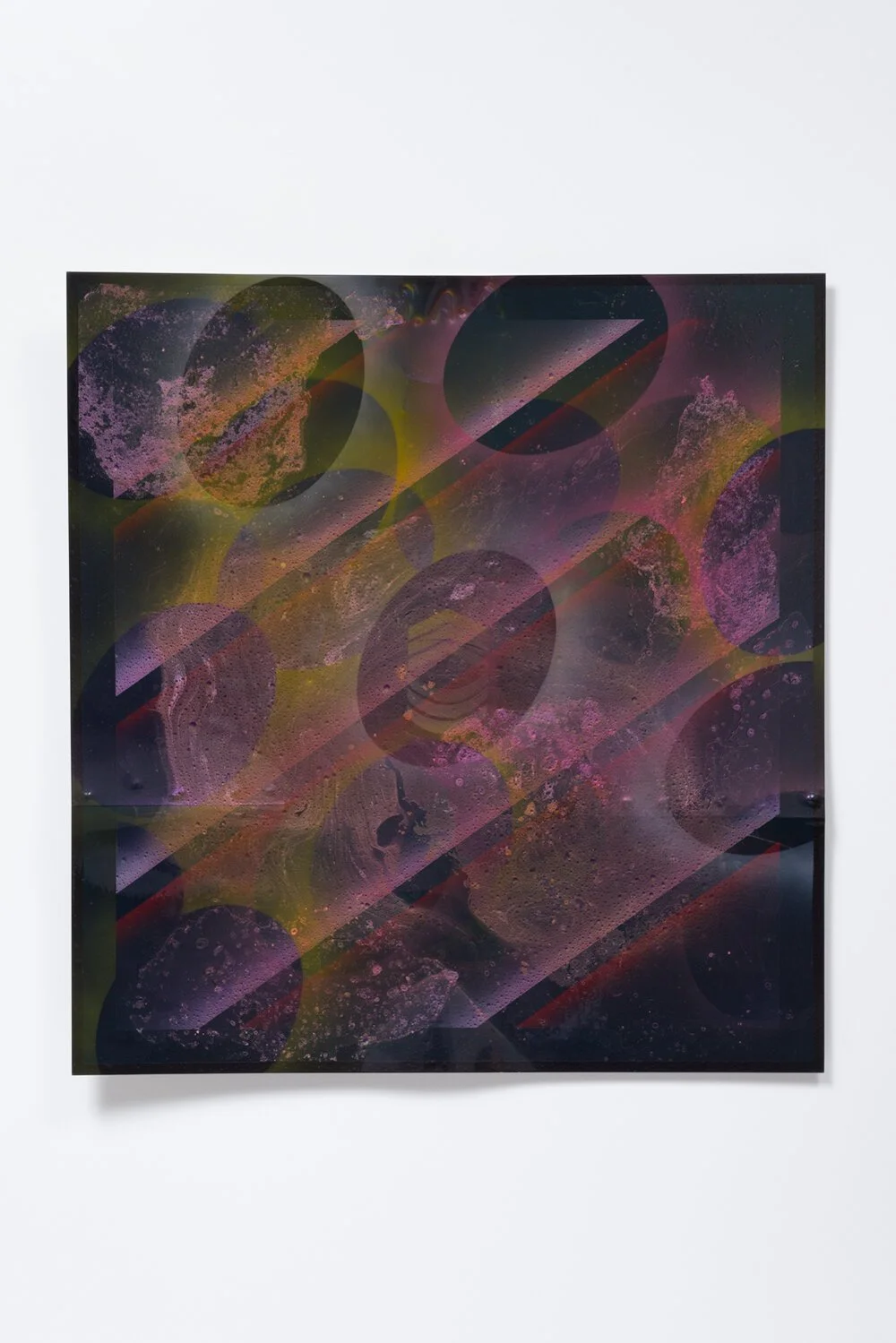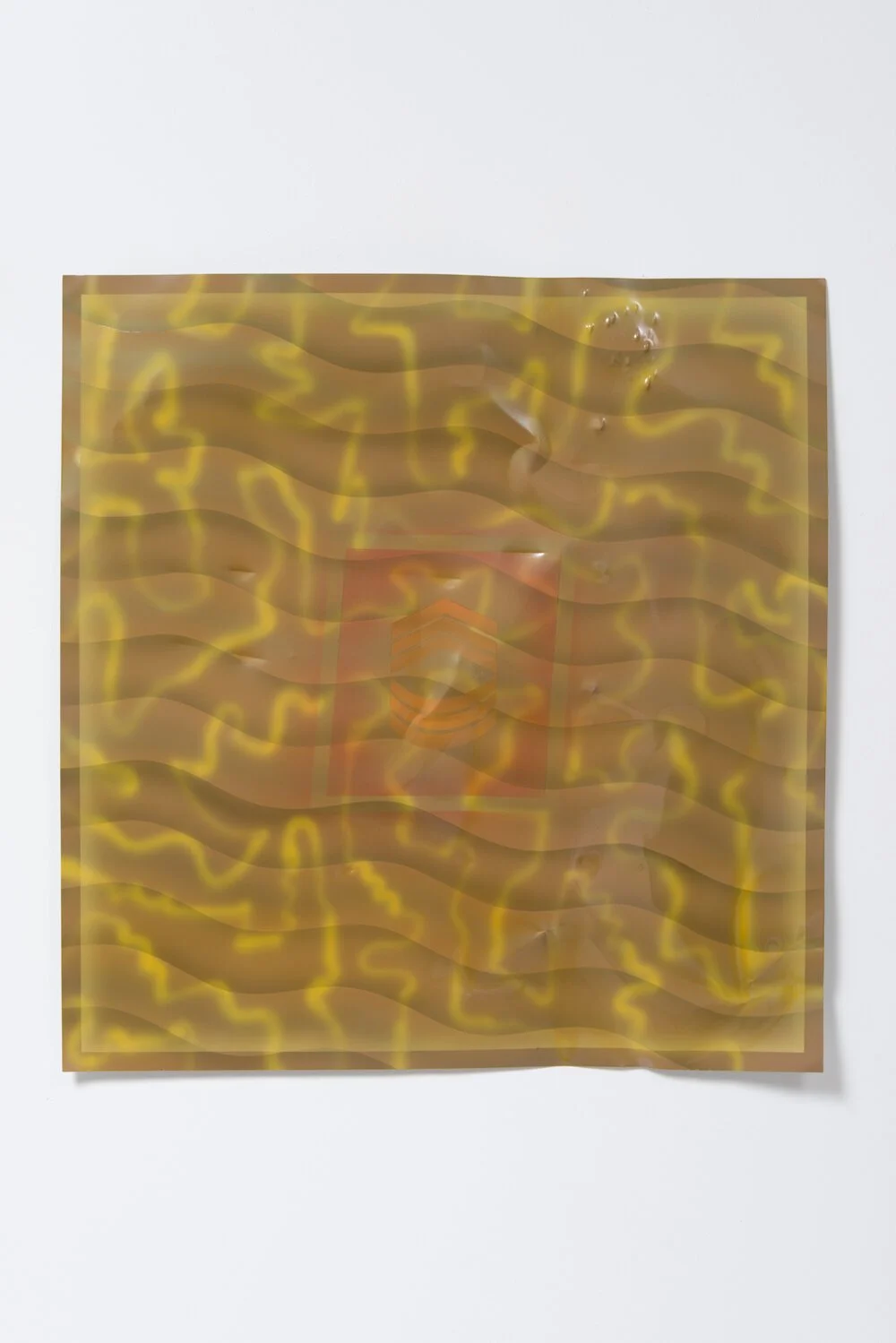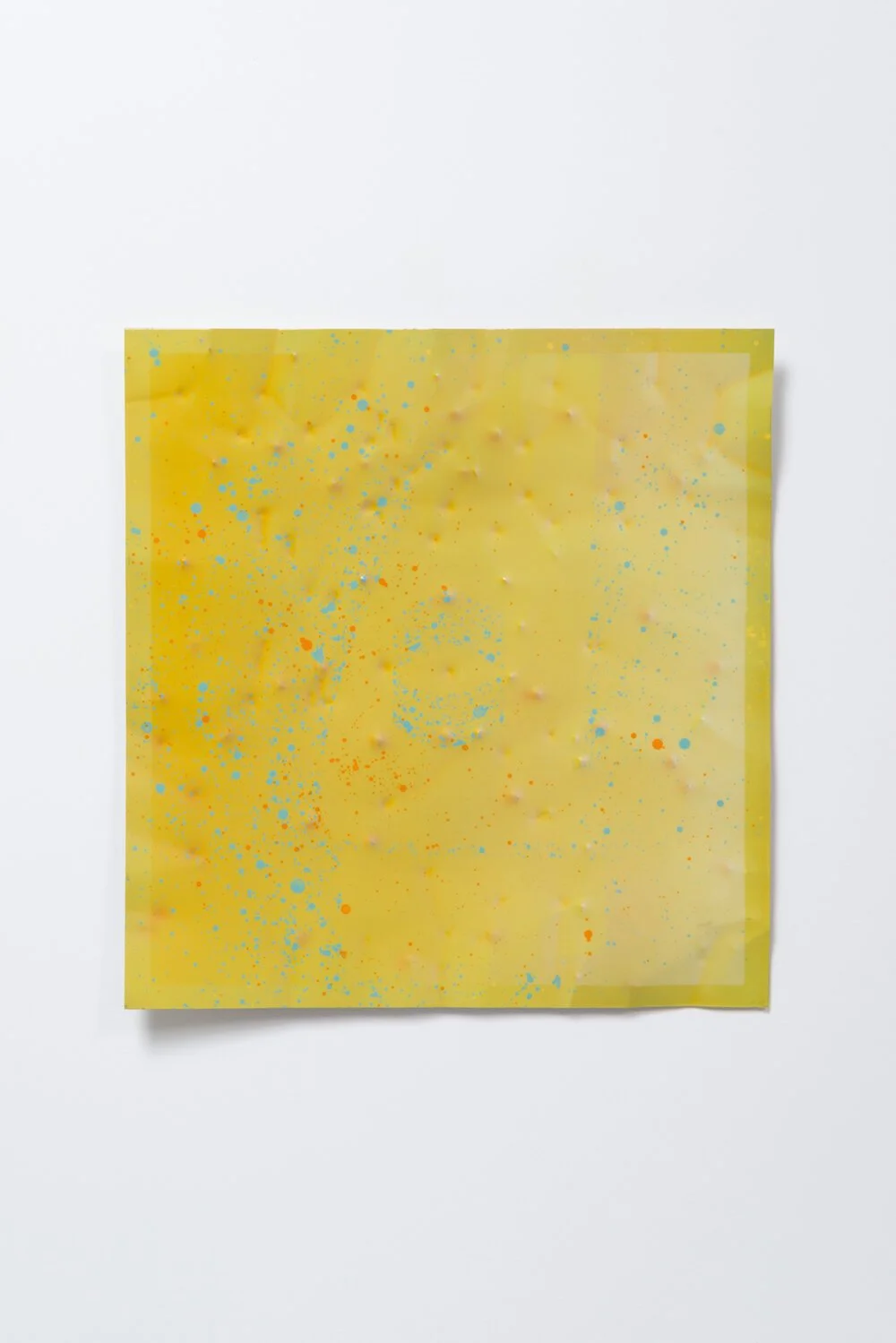Billy Al Bengston: Dentos, 1965 - 1970
September 23 - November 4, 2017
JOHN (ALTOON) CAME UPSTAIRS TO MY STUDIO AND WALKED BY
A WALL THAT HAD THE BEGINNING OF A DENTO PAINTING.
IT WAS IN THE STAGE OF DENTED ALUMINUM WITH BLACK PRIMER ON IT.
JOHN SAID, ALBERT THAT’S FANTASTIC. I SAID, JOHN THAT’S JUST A PIECE OF ALUMINUM WITH PRIMER ON IT.
HE SAID AGAIN, IT’S FANTASTIC. BUT I SAID, JOHN I HAVEN’T PAINTED IT YET.
HE SAID, ALBERT I HAVE NO IDEA WHAT I’M DOING BUT YOU’RE COMING IN LOUD AND CLEAR.
WHEREUPON I SAID, NO SHIT?
- BILLY AL
parrasch heijnen is pleased to present Billy Al Bengston: Dentos, 1965 - 1970, the gallery's first solo exhibition of this legendary Los Angeles artist. Billy Al Bengston (b. 1934, Dodge City, KS) first began using automobile lacquers on dented and/or punctured aluminum in 1965 to challenge the limitations of painting. He initially called these works "Canto Indentos", which he later shortened to "Dentos". Channeling the "no rules, no rules" mantra of Bengston’s friend and mentor Peter Voulkos, the “Dentos” expanded the potential of the picture plane.
It was in the late 1950s that Bengston originated his trademark inclusion of single, centralized icons in his work, primarily referencing three appropriated images: “Chevrons” (sergeant stripes haloed within an orb within a rectangle), “Draculas” (flowers illustrated on Iris brand sugar packets), and hearts (of the Valentine’s Day variety). In the early 1960s, working with high gloss oil on Masonite, Bengston combined these emblems with color field abstractions, first showing his bold “Chevron” paintings at the Martha Jackson Gallery in New York in 1962.
With the added variables of chatoyant spray lacquers and polyurethane on manipulated aluminum sheets, Bengston liberated the dimensional vocabulary of painting when he initiated the “Dentos” in 1965. As Bengston asserts, "if viewed correctly you lose the edges - the painting goes forward, the painting goes back, the painting is in flux. It was everything that I think that we had to think of as Modernists at that time." The period in which this work was produced, not coincidentally, correlated with Bengston's other professional career: motorcycle racing. As a part of his West Coast counterculture attitude, Bengston’s obsession with motorcycle and car culture led him to this new way of painting.
“My first sort of breakthrough and I don’t think anybody else did it before me, but maybe they did, in my field, came from the practical aspects of dealing with motorcycles. I’ve always been a technique nut. I’ve always believed in materials. I’ve always believed your materials will lead you to where you want to go, until you know where you want to go and then you’ll fall off the track and you’ll have to get back on it again because your materials are better than you are… Looking at motorcycles, looking at mechanical things, and looking at how they are built, ya know, life is all about maintenance, but those don’t need as much maintenance as an oil painting. If I painted my tank on my motorcycle with oil paint, I’d have to repaint it after every time I rode. It wasn’t as strong… So I said OK, first of all let’s give ourselves a break and think of something we are not going to need to restore immediately… OK I got it..”
Billy Al Bengston’s work resides in the permanent collections of numerous public institutions in the United States and abroad, including the Whitney Museum of American Art (New York, NY), the Museum of Modern Art (New York, NY), the Solomon R. Guggenheim Museum (New York, NY), the Corcoran Gallery of Art (Washington, D.C.), the Philadelphia Museum of Art (Philadelphia, PA), the Yale University Art Gallery (New Haven, CT), the Art Institute of Chicago (Chicago, IL), the Contemporary Arts Museum (Houston, TX), the Los Angeles County Museum of Art (Los Angeles, CA), and Centre Georges Pompidou (Paris, France). Bengston was awarded a National Endowment for the Arts Grant in 1967, a John Simon Guggenheim Memorial Foundation Fellowship in 1975, and was a Fellow at the Tamarind Lithography Workshop in 1968, 1982, and 1987.
A forthcoming fully illustrated 72-page limited edition catalogue, featuring notation by Ed Ruscha created specifically for this show and publication, can be pre-ordered through the gallery ($39.95 plus shipping).
Billy Al Bengston: Dentos, 1965 - 1970 will be on view at parrasch heijnen, 1326 S. Boyle Avenue, Los Angeles, from September 23 - November 4, 2017, with an opening reception taking place on September 23 from 3 - 6p.
Press:


